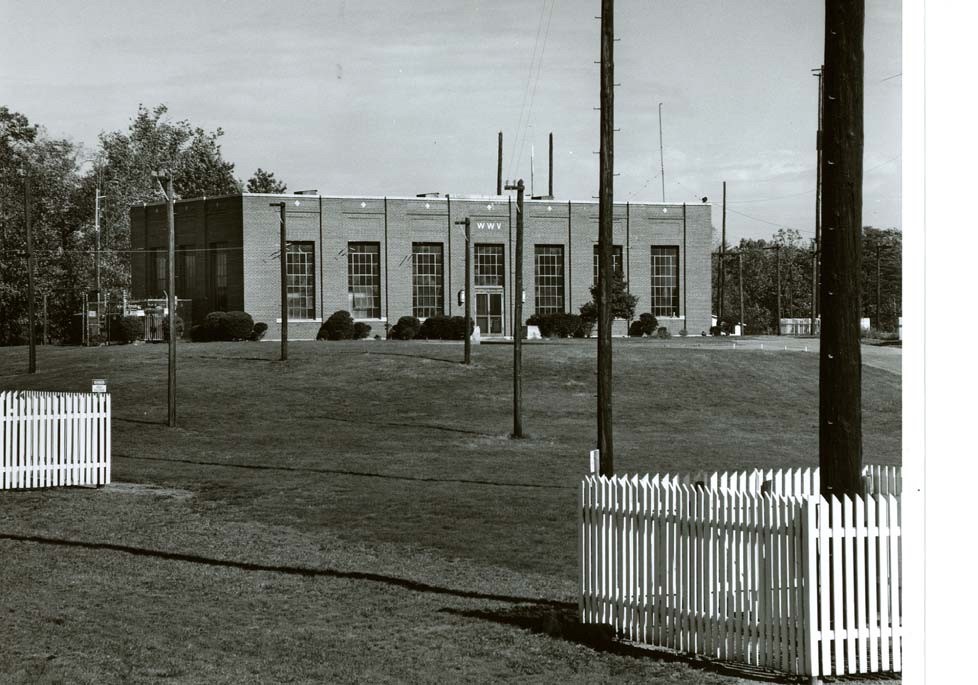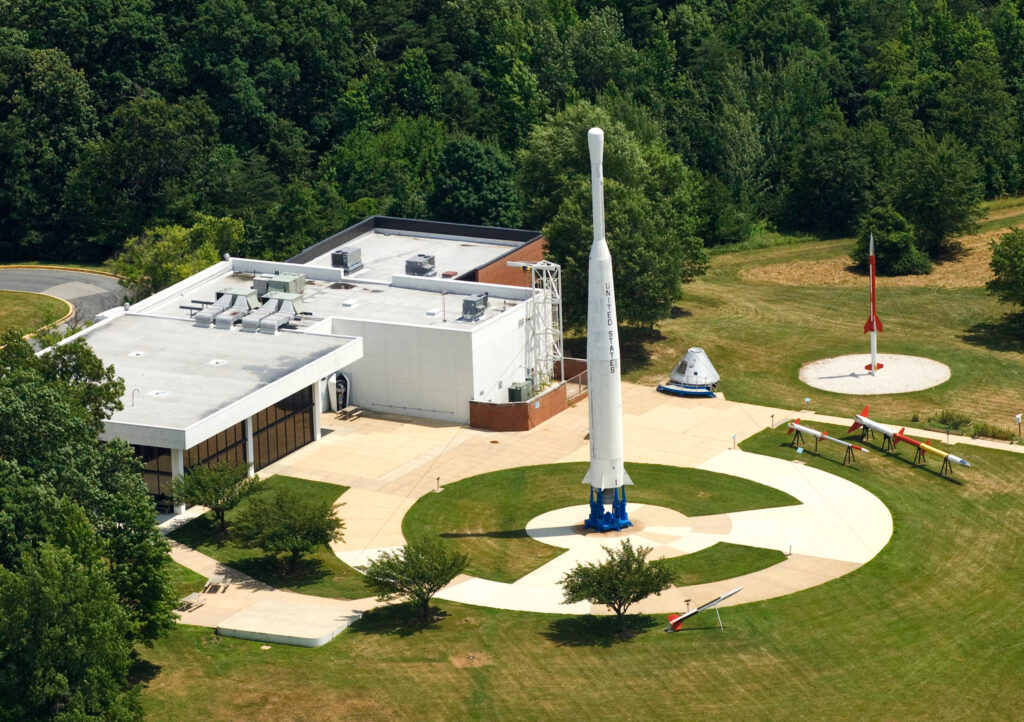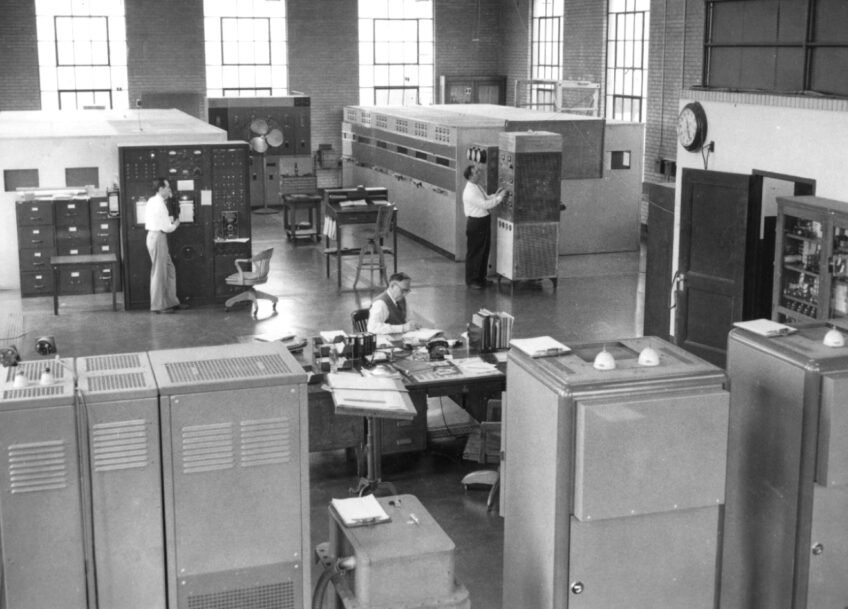“National Bureau of Standards WWV, when the tone returns the time is….”
Long before there was Goddard Space Flight Center on Greenbelt Road, there was the building that became the Goddard Visitor Center. The building was the third home to WWV, the country’s first radio station whose purpose was to transmit standard frequency signals so that other radio stations could tune their own broadcasts correctly.
John Lowe, recently retired broadcast manager at WWV (among other jobs) from the National Institutes for Standards and Technology (NIST), presented the history of WWV at the Goddard Visitor Center on Wednesday, November 9. Ironically, the camera malfunctioned, so for the Zoom audience of this hybrid event it was an audio-only experience, at least until someone with a cell phone leapt into the breach. Fortunately, the NIST website has plenty of resources on the early radio station (see nist.gov, search for WWV). WWV was originally run by the National Bureau of Standards, which became NIST in 1988.
WWV started on Connecticut Avenue in Washington, D.C., in 1919. The government experimented with airing weekly concerts and market reports for farmers in the area, among other broadcasting work.
But by 1922, WWV’s purpose became clear. Radio stations needed a standard frequency guide so they could stay out of each other’s way. Radio stations used WWV tones to tune to their own particular broadcasting frequency.
As land in downtown D.C. became more and more crowded, WWV moved to College Park and then in 1932, to Beltsville. In 1940, the building burned to the ground, but the equipment survived and WWV moved into a temporary home in a nearby building.
The 1941 Congress recognized the importance of infrastructure on the airwaves, and by July of that year allocated $230,000 (or $4.5 million in today’s dollars) for a new WWV home near the newish town of Greenbelt.
In January of 1943, WWV started broadcasting from what was still technically Beltsville but was so close to Greenbelt that eventually the radio station changed the name of its location. The building had floor-to-ceiling windows but was otherwise square and utilitarian with a line of tall radio transmitters on either side of the entrance. For more than 20 years, this was the broadcast unit for the tones and, more famously, the time.
Starting in 1950, WWV would tell everyone listening that the time was going to be at the tone, allowing radio stations around the world to synchronize.
In 1966, NIST moved WWV to Fort Collins, Colo., where it continues to broadcast, thus making it the oldest continuing broadcasting station in the U.S. The station still broadcasts the time, even as atomic clocks are readily available.
For more information, read NIST Radio Station WWV Celebrates a Century of Service at nist.gov/blogs/taking-measure/nist-radio-station-wwv-celebrates-century-service.

In 1943, the new WWV building stands where Goddard Visitor Center is located today.

Present-day Goddard Visitor Center

